Split Rail Fence Cost Overview
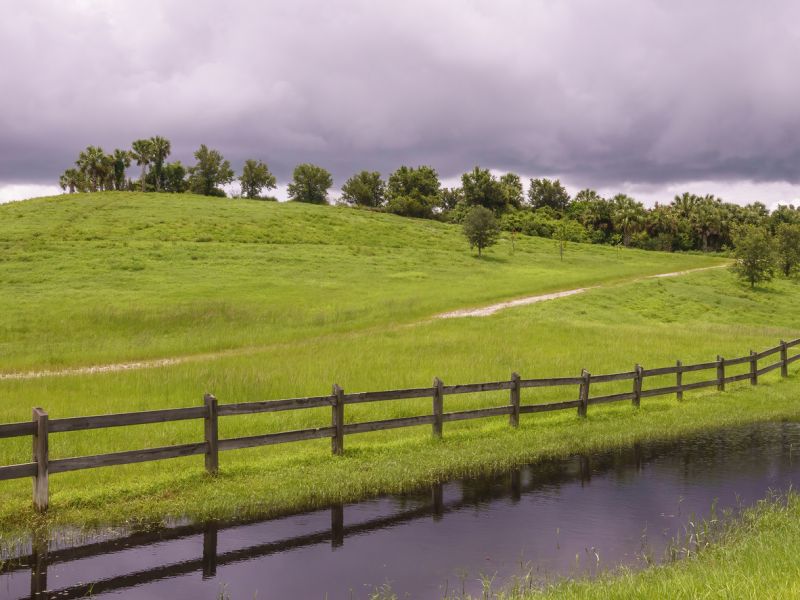
Premium wood types typically increase the cost compared to standard options.
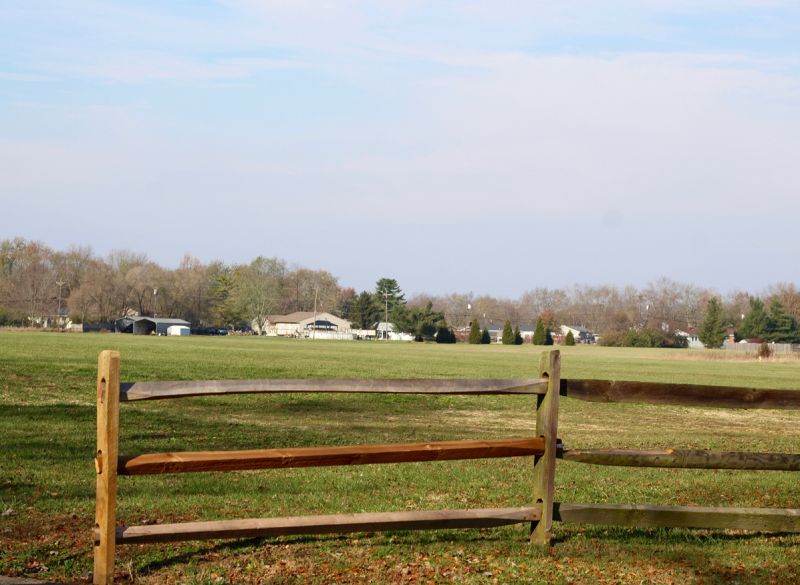
Longer fences require more materials and labor, affecting total cost.
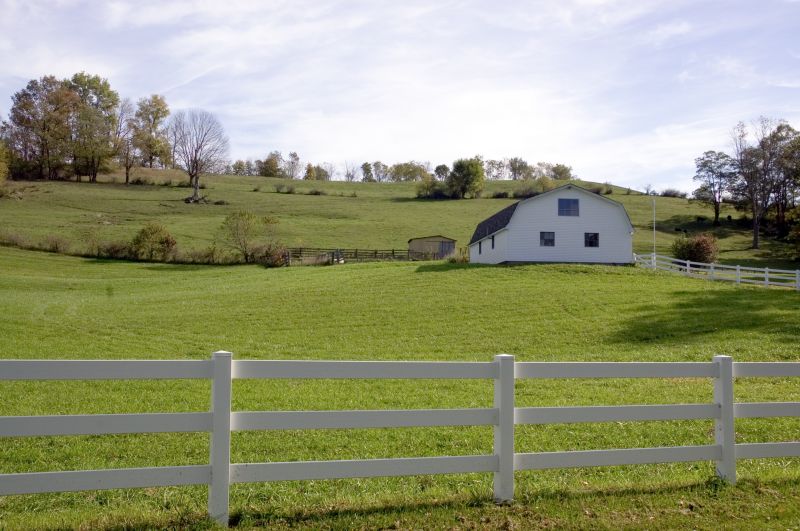
Complex terrain or custom designs can elevate installation expenses.
| Factor | Impact on Cost |
|---|---|
| Material Type | Higher quality woods increase price |
| Fence Length | Longer fences cost more |
| Fence Height | Higher fences require more materials |
| Terrain Complexity | Uneven ground increases labor |
| Design Customization | Custom features add to expenses |
| Location | Regional labor and material costs vary |
| Installation Time | Longer projects may raise costs |
| Permitting Requirements | Additional fees may apply |
Material costs for split rail fencing generally range from moderate to high, depending on wood quality and size specifications. Labor costs are influenced by the complexity of the terrain and the customization level. Proper planning and detailed assessments can help estimate expenses more accurately, ensuring that the project aligns with budget expectations while meeting functional and aesthetic needs.
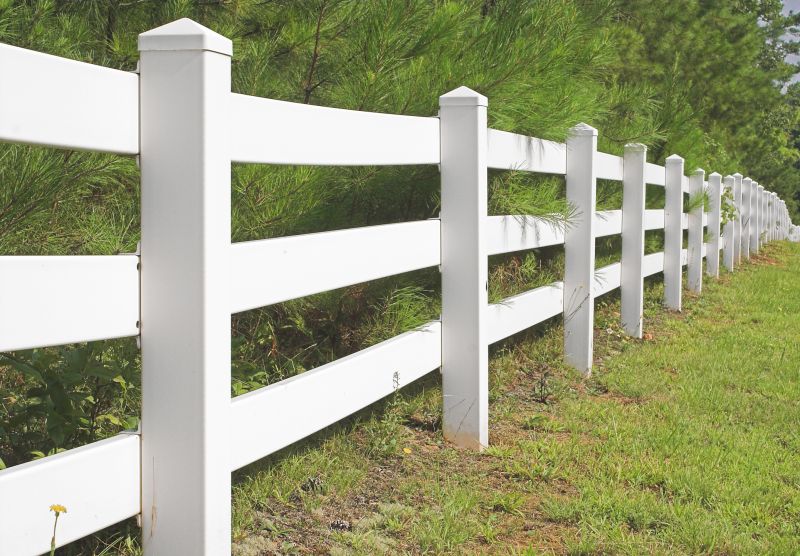
Detailed view of the wood joints and construction inside the fence.

Comparison of wood grains and textures affecting cost.
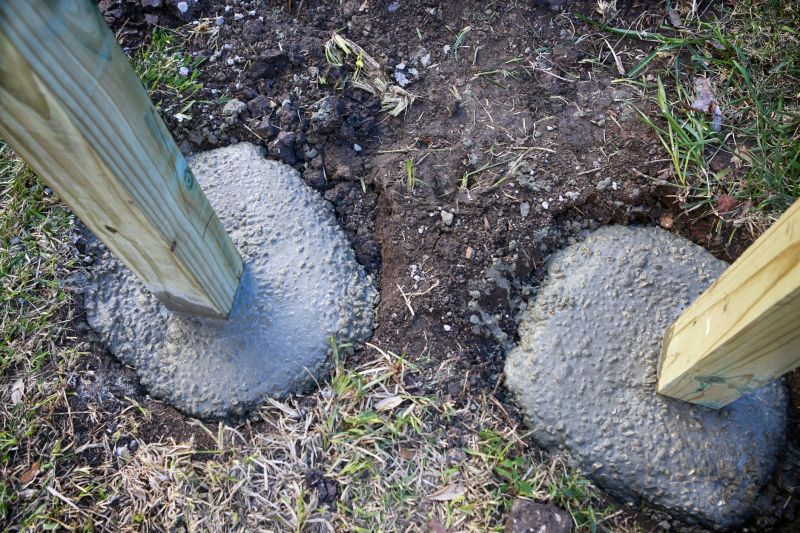
Cost implications of setting posts into various soil types.
| Service | Average Cost Range |
|---|---|
| Basic Split Rail Fence Installation | $15 - $25 per linear foot |
| Premium Wood Fences | $20 - $35 per linear foot |
| Custom Design Fencing | $25 - $40 per linear foot |
| Fence Repair and Replacement | $10 - $20 per linear foot |
| Post Replacement | $50 - $100 per post |
| Stain or Sealant Application | $2 - $5 per linear foot |
| Land Clearing for Fence Line | $1 - $3 per square foot |
| Additional Gate Installation | $150 - $400 per gate |
| Permitting and Inspection | $100 - $300 total |
| Site Preparation and Grading | $1 - $4 per square foot |



